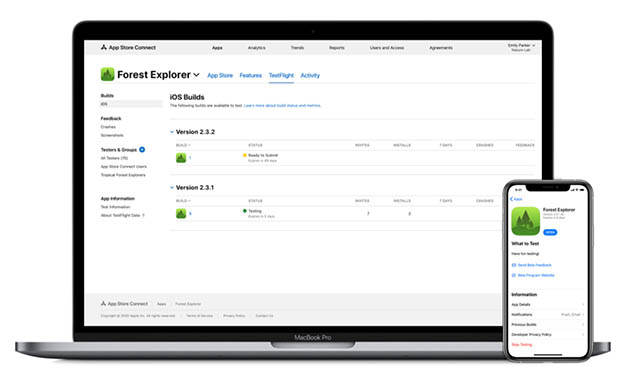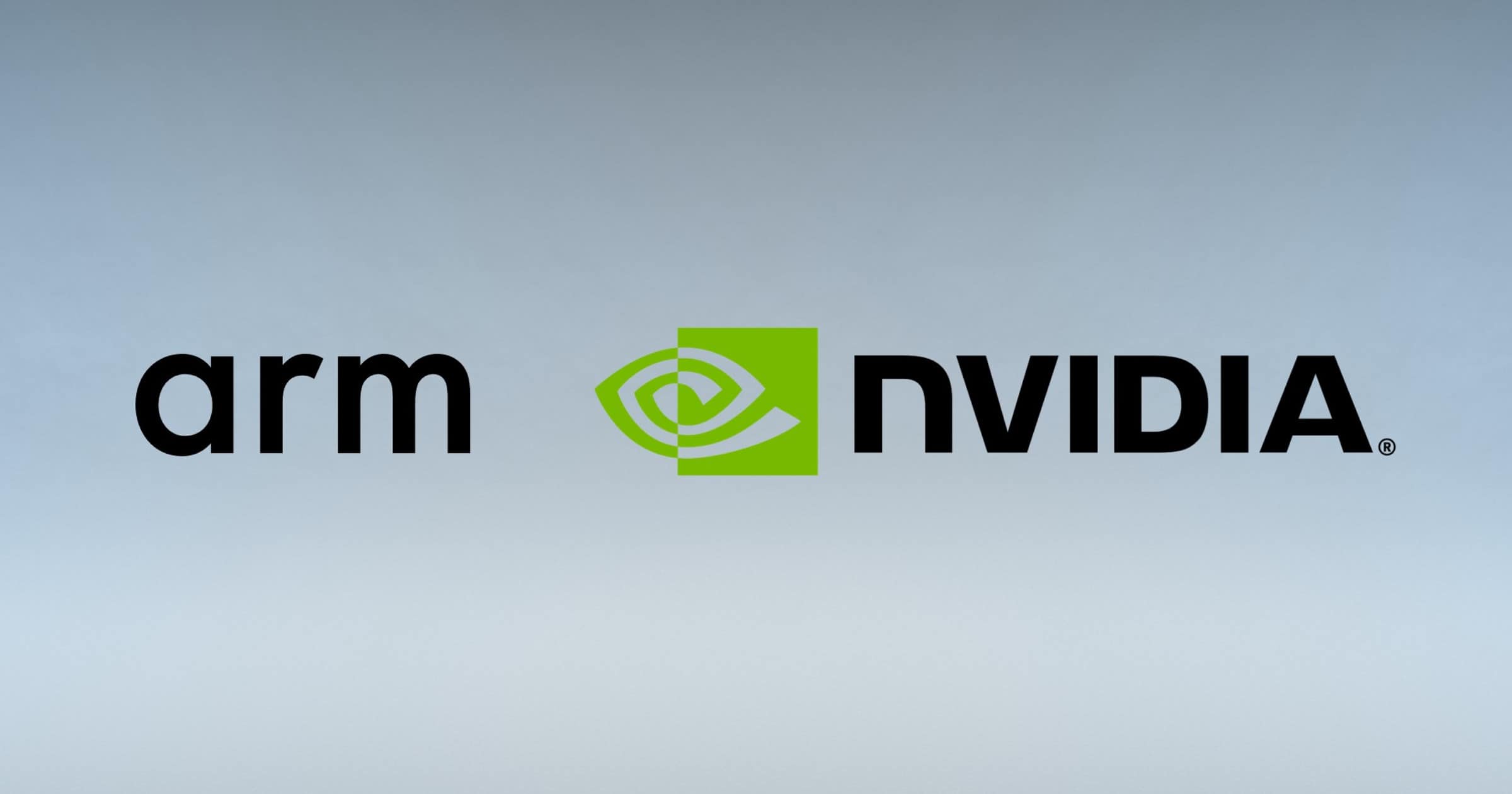- Nov 12, 2020 Nov 23, 2020. Apple is going to allow users to run iOS apps on Mac thanks to its new M1 chip and macOS Big Sur. Developers will be able to publish their iPhone and iPad apps on the Mac App Store.
- There is a “run on Mac” destination for iOS apps in XCode, which will run the app natively on the machine, not in a simulator. It’s cool; you’ll lose simulator functionality like rotation, sleep, home button, etc. But, it’s now possible to avoid using a RAM hungry simulator when developing your apps on M1 devices.
I’ve never been a Mac guy.
My main gripe with Apple is that every Mac they release has a processor that’s about a generation behind. Then they have the audacity to charge the Apple tax. You typically pay 3x for a Mac what you’d pay for a PC with the exact same hardware.
Looking for an android or iOS emulator for M1 Mac. I’ve tried the popular emulators like Ld, blue stacks and nox but seems none work for M1 macs. I know there is the tedious workaround for the dev based iOS emulator but from my reading it’s a tedious process and doesn’t have the processing power for running mobile games well. Parallels Desktop 16.5 for Mac downloads as a universal binary for either Intel or M1 Macs, and is a subscription product. It’s $99.99 a year for new users, and free upgrade for those already. The new MacBooks with Apple’s own M1 chip bring many improvements. An important addition is that you can also run iPhone apps on your Mac. While not all are available in the Mac App Store yet, it is still possible to download and use iOS apps on an M1 Mac in a roundabout way.
Ipadian Mac
Enter the M1 Mac Mini, Macbook Air, and Macbook Pro. These are entry-level Mac products that price/performance wise are actually semi-competitive with Windows machines at the same price-point. OK Apple, I’m listening.
But, can it run XCode quickly?
The M1 Chip is Very Powerful, Perfect For Developers Looking to Run XCode
I’m a software engineer, and in 2018 I wanted to try my hand at XCode development. I figured I’d buy the cheapest Mac Apple offered. This was the 2018 Mac Mini, which cost $800, and a multi-core GeekBench 5 score of 3203.
I was annoyed by that price/performance ratio, so I decided to build a Hackintosh. This Hackintosh had 16GB of RAM, a 512GB SSD, and an Intel Core i7 processor with a multi-core GeekBench 5 score of 5300. I built a machine that was twice as powerful as the top of the line 2018 Mac Mini, for $200 less than the base model. This machine is powerful; it has been fantastic for XCode development.
However, in 2020, Apple released a new M1 Mac Mini for only $700. My first thought was, “Can it compete with my Hackintosh.” And yes, not only can it compete, The M1 Mac Mini has a multi-core GeekBench 5 score of 7386. It blows my Hackintosh out of the water, and the base model is cost-competitive with my 2018 Hackintosh at only $700.
It’s quite impressive. The Hackintosh is officially dead (not just because you can’t buy Apple Silicon processors). I can no longer think of a great reason to build one over the M1 Mac Mini, or M1 Macbook Air. The best reason I can think of is Apple still gouges you if you want a 2TB hard drive. But, other than needing a beast of a machine the M1 Macs have the advantage. Bravo Apple.
Is 8GB of RAM Enough For XCode on the M1 Mac Mini, Macbook Air, and Macbook Pro?
This was the big question I had when I pulled the trigger and got the base M1 2020 Macbook Air. Was 8GB enough RAM to run the simulator without experiencing significant performance issues?
I know from my Hackintosh experience that a Mac can quickly get up over 8GB of RAM when running the XCode simulators. I rarely get my Mac up to 16GB of used RAM, but 8GB is pretty easy to surpass if you’re a developer with multiple tabs open. So I was very curious how much the 8GB model would slow down development.
If you’re curious too, I highly suggest you check out the YouTube video below from Max Tech. This guy went through and meticulously compared the performance of the 16GB model vs. the 8GB model while using tons of common apps.
The conclusion? Even if you edge up close to your 8GB of RAM limit, there’s not a massive drop in performance. He was experiencing things taking 10% longer on the 8GB model when he got around that limit. The integrated SSD’s of your Mac is fast to the point where a minor amount of swapping isn’t going to have a drastic effect on performance.
Android M1 Emulator

That said, this next guy is running Photoshop. He REALLY knows how to max out RAM on his machine. When you really give your Mac a task that takes significantly more than 8GB of RAM, you’ll notice a pretty substantial performance drop. It’s also worth a watch if you really want an in-depth example of this.

Personally, I’ll be forking over the extra $200 to get the 16GB model. But, I think unless you’re some type of power user, 8GB will be sufficient for you. The SSD Read speeds are so fast that you won’t notice a big performance drop unless you’re going WAY over the 8GB of RAM like in the Photoshop example above. There are probably very few use cases where that would ever happen.
There are people out there who are worried that swapping to your hard drive over and over could wear down your SSD. And if you intend to max out this machine 24/7 and still be running it in several years, I think that’s a valid concern.
For most developers and most people, I think you could easily get by with the 8GB model.
Do You Need To Run The XCode Simulator on the M1?
One of the cool things about the M1 Macs is that they can run iOS apps natively. This got me thinking, do I even need to debug my apps in the RAM hungry simulator anymore? Can I just run them straight from the Mac?… Yes!
There is a “run on Mac” destination for iOS apps in XCode, which will run the app natively on the machine, not in a simulator. It’s cool; you’ll lose simulator functionality like rotation, sleep, home button, etc. But, it’s now possible to avoid using a RAM hungry simulator when developing your apps on M1 devices.
Rosetta 2 Performance Vs. Native Apps
Ios Emulator Mac M1 Download
Not all software has an ARM based version of their app yet (like Final Cut Plugins) and you have to run it through the Rosetta 2 simulator.
This usually works rather well. But, there’s definitely a noticeable drop off in performance when comparing non-native apps to native apps on this machine.
Mac M1 Android Studio
This will become less of an issue over time as more companies compile their apps for the M1 chip. But, in the early days of a gen 1 product just keep in mind that there may be some issues.
Conclusion
Ps2 Emulator M1 Mac
The M1 Macs are powerful machines capable of XCode development at an OK price point. Well done Apple, I might have to consider becoming a Mac guy now.